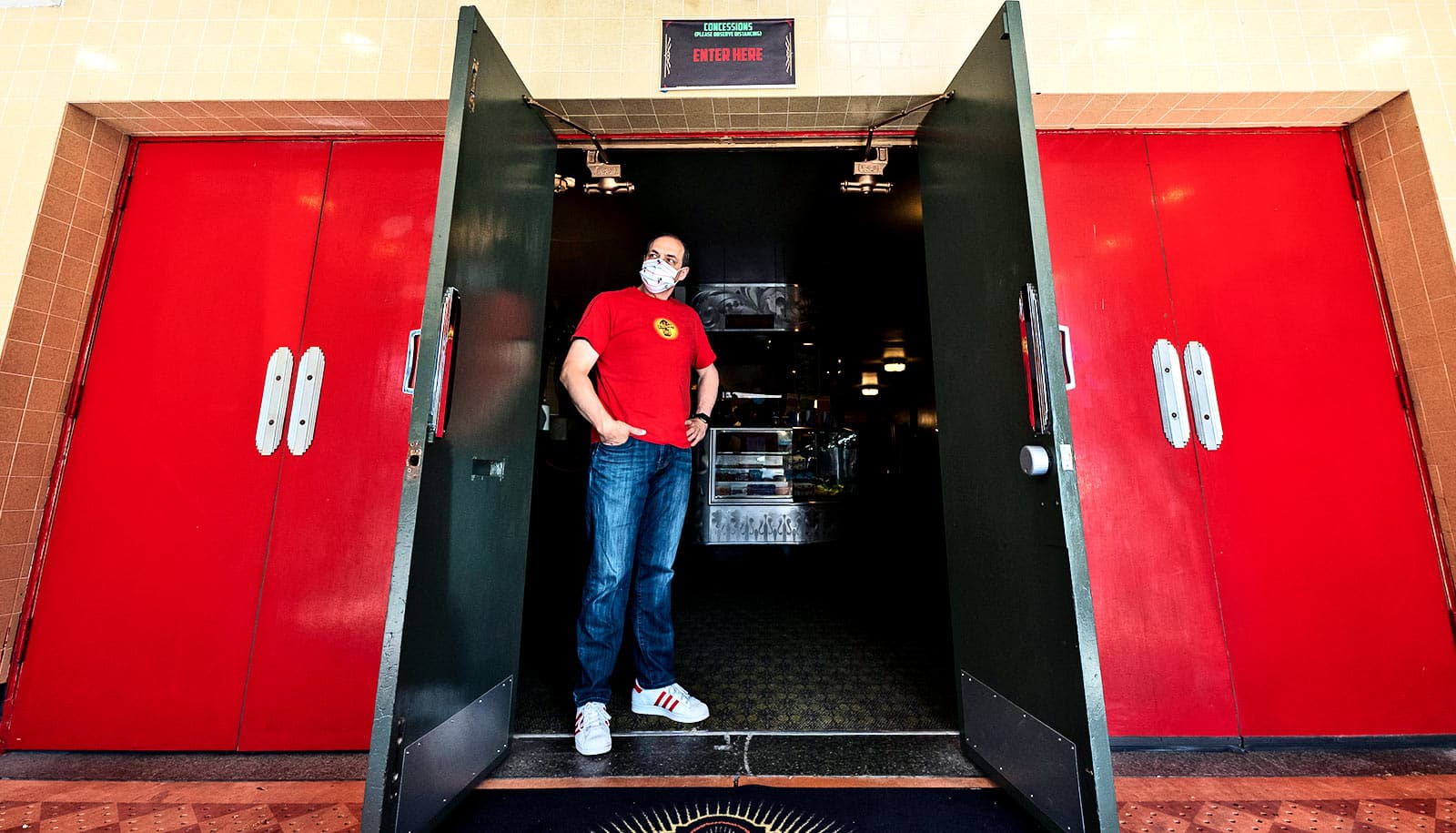On May 13, the director of the US Centers for Disease Control and Prevention announced that people fully vaccinated against COVID-19 do not need to wear masks or practice social distancing indoors or outdoors, except under certain circumstances.
The announcement came as a surprise to many, including business owners who suddenly had to reevaluate their mask requirements and how these changes might impact their employees and businesses.
In a November 2020 study, Raphael Thomadsen, professor of marketing, and Song Yao, associate professor of marketing, both at Olin Business School at Washington University in St. Louis, found mask mandates boosted consumer sales by 5% on average. But that was before COVID-19 vaccines were readily available.
Here, Thomadsen and Yao share their perspectives on how the new CDC guidelines might affect businesses:
How might the new CDC guidelines affect retail, restaurant, travel, and leisure business?
“I think it is too early to tell what the impact of this will be,” Thomadsen says. “My sense is the business effect does not come directly from the rules, but on whether people feel safer with these recommendations.
“Travel and restaurants were already beginning to pick up beforehand. That said, I suspect that there is a segment of the population that will be assured by the CDC recommendations and will start going out. In that sense, I think that the recommendations will probably help the restaurant and bar category in particular, where wearing a mask might not be feasible.
“For everything else, it is harder to know at this time since there is evidence that masks helped people be confident that they are safe while shopping. On the other hand, those studies are from before the time of vaccines, so there is good reason to think that the masks may not make as many people feel safe as before.”
“I also think it may take a while to tell the impact of the new guidelines. But my reasoning is that many local governments and business are hesitant to relax the mask requirement yet,” Yao says. “Talking with some colleagues and friends, I also notice that many people say they will still wear masks, and some even says they would reduce their visits to groceries if those stores start to relax right away.
“In a couple of weeks, if the case number remains low, local governments, business, and, more importantly, customers may become more confident going out shopping.
“In short, the guidelines probably do little to boost the business. Rebuilding confidence is more crucial, which requires more vaccinations and reduction in case numbers.”
Are businesses caught between a rock and a hard place if they do or don’t continue to require masks?
“I think this depends a lot on where the business is located,” Thomadsen says. “In St. Louis, I have observed most people still wearing masks at supermarkets or other stores, and even some stores still requiring masks. I suspect that these businesses are OK requiring the masks—the number of people who are truly anti-mask, to the point of not accommodating polite requests, in the country is relatively small. If there is another surge, I think that those businesses can go back to requiring masks.
“That said, I do think there are some areas in our country where there is stronger pushback. This probably affects the Walmarts and more corporate businesses more than the small local businesses, who probably already ignored the mask mandates if their customer base strongly opposed them.”
What do businesses need most right now?
“Beyond the multiple rounds of stimulus checks, I feel the government still needs to figure out some innovative approaches to boost vaccination rates,” Yao says. “While the vaccination passport idea may be infeasible, some financial incentives for vaccination may not be a bad idea. Ultimately, this would be good for public health and businesses alike.”
“From my perspective, the largest issue currently impacting businesses is that many supply chains are not running at full capacity,” Thomadsen says. “It is hard to get supply chains to get synchronized, so I think that is to be expected as the economy gets back to full strength.”
“As Raphael pointed out, it may worthwhile to figure out the weak links in the supply chain and spend some money to fix those first,” Yao adds.
Less than half of the population is fully vaccinated, and children 11 and under are not yet eligible to receive a vaccine. Was this move too soon?
“This is a hard question. I would have preferred that we use vaccine passports rather than this type of guidance,” Thomadsen says. “However, such a system is costly and perhaps politically fraught. I also do not think that this policy incentivizes people to get vaccinated, so from that point of view, the decision was not a great one.”
“On the other hand, you cannot keep things closed forever, and cases have already fallen a lot. Most people who want to be vaccinated have gotten vaccinated, except for children, so it is not clear how beneficial waiting would be.
“Most importantly, though, the declines we see likely reflect not just the vaccinations, but the fact that people who had COVID previously are less likely to get COVID again. The best estimates are that half of the people in the US had COVID, where only about 20% of these cases were diagnosed. If we take early estimates the we need 70% community immunity to contain the spread of COVID, we are there when we add the vaccinations and the cases together (even accounting for overlap). I am not saying that people who had COVID shouldn’t be vaccinated—there are many cases of people getting COVID twice. However, as long as people who had COVID are less likely to get it again, what we are seeing now is that, as a community, this reduced susceptibility is likely enough.
“I expect we will know whether this decision was a good one in about two weeks. If cases continue to plummet even after two weeks then it was the right call. If cases plateau again—or—even rise, then it was too early.”



